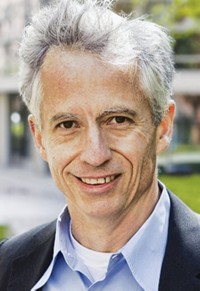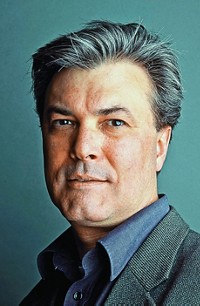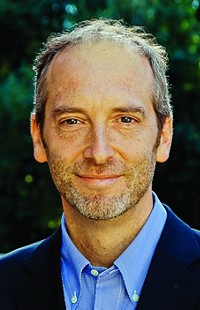Advertisement
Grab your lab coat. Let's get started
Welcome!
Welcome!
Create an account below to get 6 C&EN articles per month, receive newsletters and more - all free.
It seems this is your first time logging in online. Please enter the following information to continue.
As an ACS member you automatically get access to this site. All we need is few more details to create your reading experience.
Not you? Sign in with a different account.
Not you? Sign in with a different account.
ERROR 1
ERROR 1
ERROR 2
ERROR 2
ERROR 2
ERROR 2
ERROR 2
Password and Confirm password must match.
If you have an ACS member number, please enter it here so we can link this account to your membership. (optional)
ERROR 2
ACS values your privacy. By submitting your information, you are gaining access to C&EN and subscribing to our weekly newsletter. We use the information you provide to make your reading experience better, and we will never sell your data to third party members.
Synthesis
ACS Award For Creative Work In Synthetic Organic Chemistry
Sponsored by Aldrich Chemical
by Ann M. Thayer
January 17, 2011
| A version of this story appeared in
Volume 89, Issue 3

Chemists are sometimes recognized for designing a new reaction, but only a few—including David W. C. MacMillan, the A. Barton Hepburn Professor of Chemistry at Princeton University—are credited with assembling a new synthetic methodology. In the 13 years since starting his professional career, he has become a leader in the field of organocatalysis. He coined the term after devising the novel strategy of using simple organic molecules, such as chiral amines, as asymmetric catalysts for highly enantioselective synthesis.
“MacMillan has been amazingly productive and creative,” chemistry Nobel Laureate Robert H. Grubbs says. “He has developed synthetic methods that have shown an unusual level of novelty and breadth of application.” MacMillan’s work has led to a diverse set of new processes for enantioselective carbon-carbon and carbon-heteroatom bond formation that avoid the use of metal salts.
In a 2000 paper, MacMillan demonstrated the viability of this new catalytic concept by using amino acid-derived imidazolidinones as highly enantioselective catalysts for the Diels-Alder reaction. Since then, more than 50 discrete transformations relying on iminium activation, the vast majority developed by MacMillan and coworkers, have been introduced for preparing a wide range of chiral functional groups at high levels of enantiopurity.
“MacMillan’s work is characterized by a deep appreciation of mechanism and reactivity and is driven by the gaps and limitations in our arsenal of methods to construct complex molecules,” Princeton chemistry professor Martin F. Semmelhack explains. “The results provide new pictures for activation of reactivity and control of selectivity, new strategies for designing multistep syntheses, and a rapidly expanding set of enormously effective protocols for applications.”
At the same time, Grubbs points out, “his reactions are based on fundamental chemical principles and are highlighted by their apparent simplicity and usefulness.” Many of MacMillan’s discoveries are practical and robust enough to be commercially exploited.
For example, his development of enantioselective heteroatom bond formation has included a means to produce α-fluoroaldehydes with very high stereocontrol. Similarly, organocatalytic photoredox reactions allow enantioselective α-trifluoromethylation. These approaches have opened up new routes to fluorosubstituted intermediates of interest in pharmaceuticals.
MacMillan has also pioneered new ways to orchestrate complex, multistep catalytic reactions in a single vessel. By merging enamine and iminium catalysis cycles—to emulate coupled enzyme reactions, but with small-molecule catalysts—he can create enantioselective organocascade reactions. The approach has been demonstrated on taxol synthesis.
MacMillan, 42, received a B.S. in chemistry in 1991 from the University of Glasgow, in Scotland. He completed his graduate work at the University of California, Irvine, and postdoctoral work at Harvard University. He began his academic career in 1998 at UC Berkeley; he then moved to California Institute of Technology and to Princeton.
In addition to an extensive number of published scientific articles and patents, he is widely called upon as an invited lecturer, consultant, and adviser. His work has been recognized many times, including awards from ACS; the Society of Synthetic Organic Chemistry, Japan; and the U.K.’s Royal Society of Chemistry.
MacMillan will present the award address before the Division of Organic Chemistry.





Join the conversation
Contact the reporter
Submit a Letter to the Editor for publication
Engage with us on Twitter